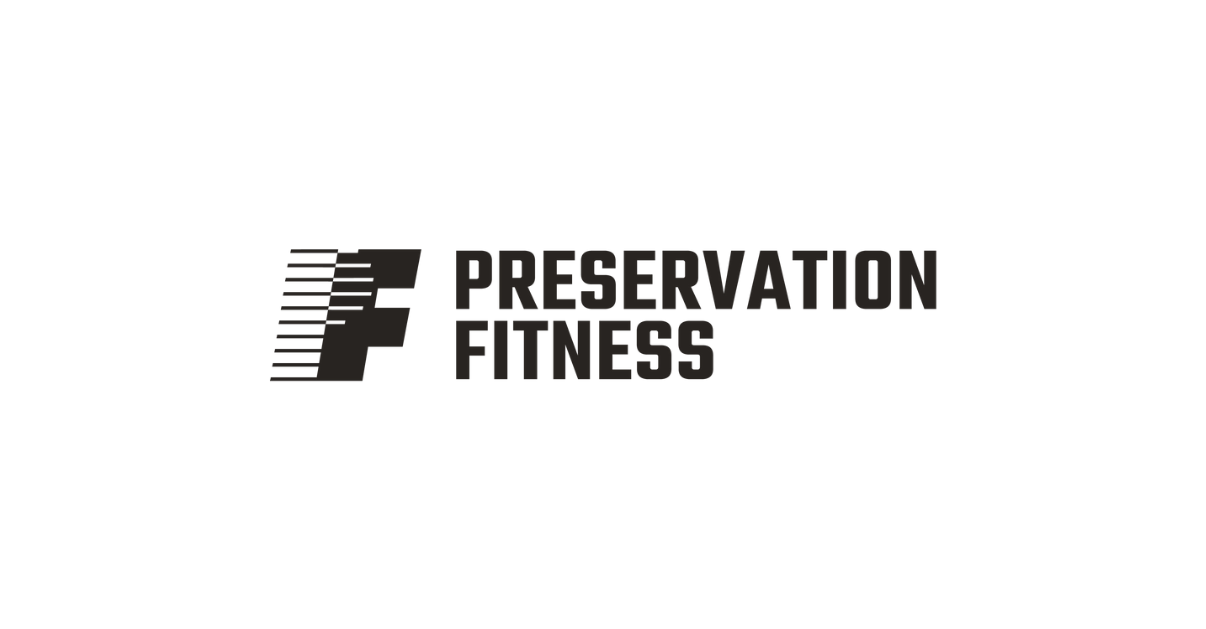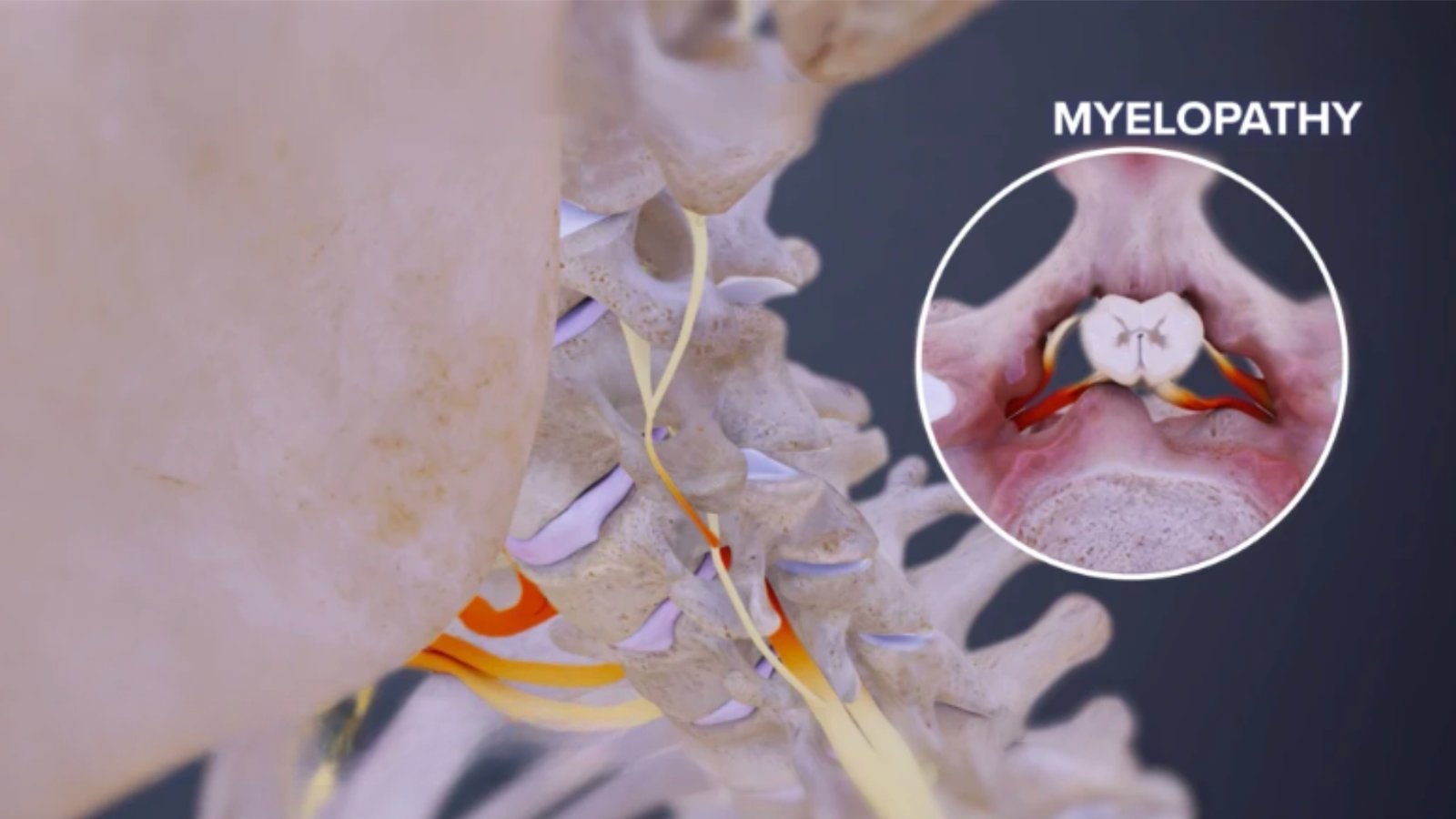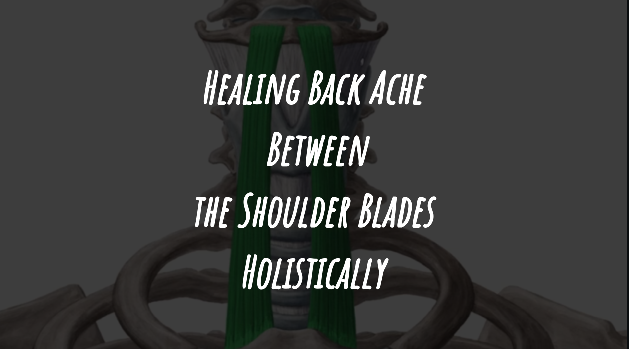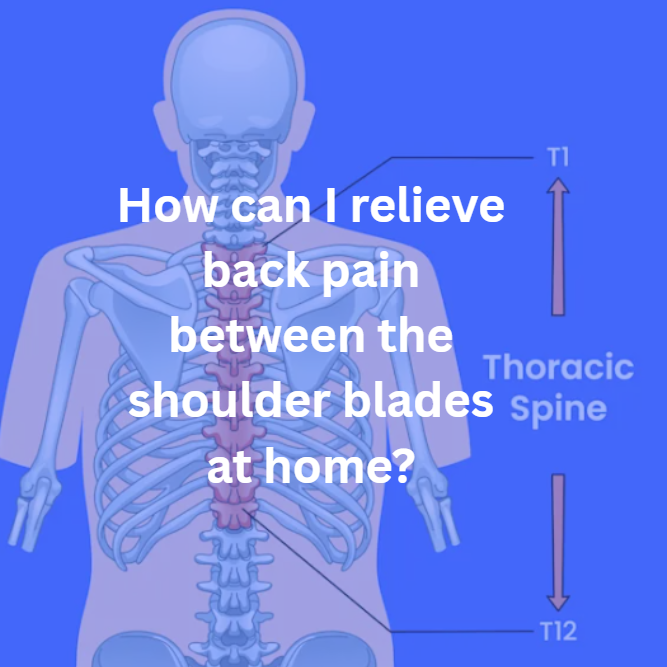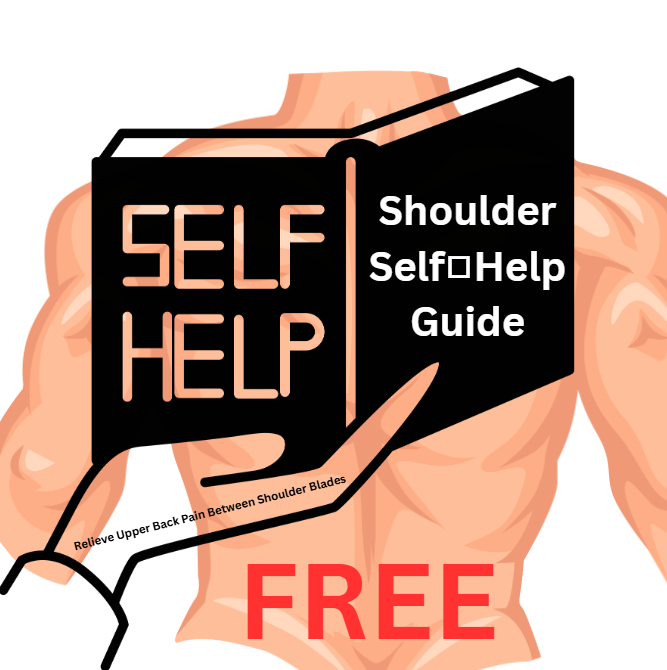
Relieve Upper Back Pain
How to Relieve Upper Back Pain Between Shoulder Blades Fast
If you’re struggling with upper back pain between your shoulder blades, you’re not alone. It’s one of the most common complaints I see from clients, often caused by poor posture, sitting at a desk all day, or muscle imbalances.
The good news? There are quick, effective ways to relieve the tension and start feeling better. In this post, I’ll share simple strategies you can try at home, plus when to consider a personalised approach through virtual rehab.
Why Upper Back Pain Happens
Upper back pain in this area can be triggered by:
- Hunching over a desk or laptop for hours
- Weak thoracic spine muscles
- Repetitive strain from sports or lifting
- Old injuries that never fully healed
Some people search for a sports injuries clinic near me when the pain gets severe. But for many, the solution begins with correcting posture and strengthening the right muscles.
For example, my blog on desk posture and non-surgical treatments explains how small changes in your daily routine can reduce back stress dramatically.
Quick Fixes: How to Relieve Upper Back Pain Between Shoulder Blades Fast
Here are a few strategies you can try today:
1. Gentle Stretches
Movements like seated twists, child’s pose, or cat-cow stretch can loosen tight muscles. For a full guide, see my post on strengthening your thoracic spine.
2. Targeted Exercises
One of my favourites is the Reverse Row.
🎥 Watch the demo here: Reverse Row YouTube Short
This little-known exercise isolates your thoracic spine and rear deltoids, helping you strengthen the exact area that causes pain.
3. Posture Reset
Take short breaks during your workday. Stand up, roll your shoulders back, and reset your posture. Even 30 seconds at a time makes a difference.
4. Heat or Ice
Use heat to relax tight muscles or ice to reduce sharp inflammation. Alternate as needed depending on the type of pain.
When Quick Fixes Aren’t Enough
Sometimes pain is persistent or keeps returning despite your best efforts. That’s when a tailored solution is needed.
A shoulder pain diagnosis chart can help you identify potential causes — but the next step is addressing them with a personalised plan.
That’s why I created my Non-Surgical Treatments for Upper Back Pain. This 1-to-1 virtual rehab program is designed to:
✅ Assess your posture and movement patterns
✅ Target weak muscles with customised exercises
✅ Provide support and accountability
✅ Help you recover without the need for surgery or endless clinic visits
Final Thought
If you’re wondering how to relieve upper back pain between shoulder blades fast, start with stretches, posture resets, and exercises like the Reverse Row. These can bring quick relief and set you on the right path.
But for lasting results, a structured approach works best.
👉 Book your 1-to-1 Virtual Upper Back Pain Rehab today and take control of your recovery.
✅ FAQ
Q1: What’s the fastest way to relieve upper back pain between shoulder blades?
Start with gentle mobility (cat–cow, seated twists), then do the Reverse Row to activate the thoracic spine. For a step-by-step guide, see Strengthen Your Thoracic Spine and my desk posture tips.
Q2: Should I use heat or ice for shoulder blade pain?
Use heat for stiffness/tightness and ice for sharp, recent flare-ups. If unsure, alternate 10 minutes each and reassess. If pain persists, consider Non-Surgical Treatments for Upper Back Pain.
Q3: Can I still work out with upper back pain?
Yes—keep intensity lower and avoid painful ranges. Focus on posture drills, light pulling, and the Reverse Row with strict form. Pair this with thoracic spine strengthening and desk posture resets.
Q4: How long until I feel relief?
Many people feel easier movement immediately after mobility + activation. Lasting relief typically takes 2–6 weeks of consistent practice supported by a personalised virtual rehab plan.
Q5: When should I see a professional?
Seek medical advice if pain is severe, lasts beyond 2–3 weeks, or includes numbness/weakness. For posture-linked pain, start with Non-Surgical Treatments for Upper Back Pain and review the Shoulder Pain Diagnosis Chart.
Q6: What’s the best exercise to prevent the pain returning?
Combine thoracic mobility with the Reverse Row 2–3x/week, plus desk posture breaks every 45–60 minutes. For programming, see Non-Surgical Treatments for Upper Back Pain.
📚 Further Reading
Looking to learn more about posture, shoulder pain, and safe recovery? Here are some helpful guides:
- 👉 Shoulder Pain Diagnosis Chart – identify common causes of shoulder and upper back pain.
- 👉 Strengthen Your Thoracic Spine – exercises to build lasting strength in your upper back.
- 👉 Desk Posture and Upper Back Pain – simple changes to reduce strain while working at a desk.
- 👉 Non-Surgical Treatments for Upper Back Pain – get personalised 1-to-1 virtual rehab support.
